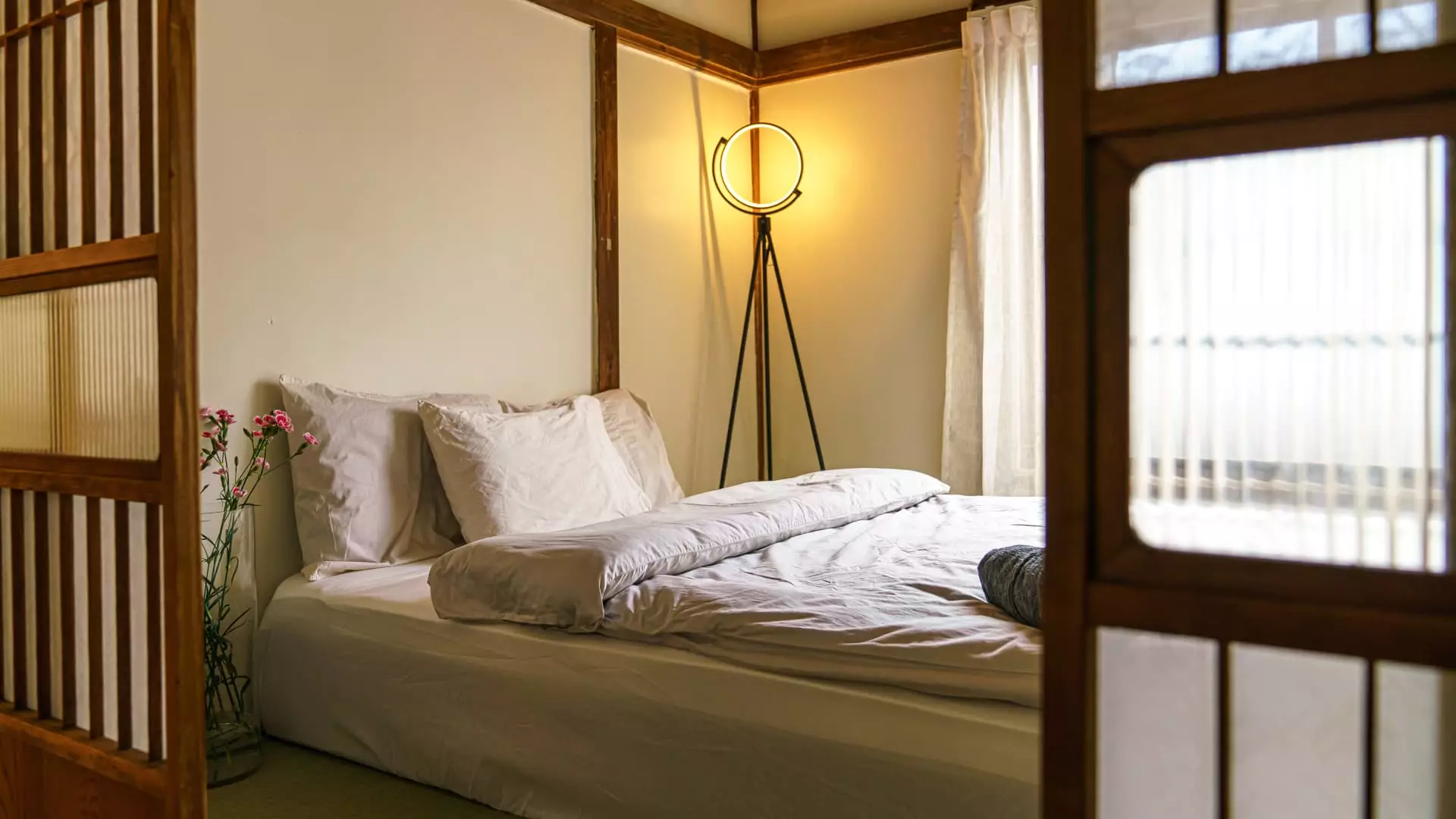In the predictable rhythm of Japan, where tradition meets modernity, there exists an unsettling phenomenon—an increasing number of abandoned homes, known as “akiyas.” As of 2023, there are approximately 9 million akiyas scattered across the country, according to government statistics. These deserted houses present a stark contrast to the housing shortages seen in many nations worldwide. In Japan, the issue isn’t scarcity but an overabundance of empty spaces, an echo of the demographic challenges that the nation faces.
One individual, Anton Wormann, a 32-year-old Swede, epitomizes those who have seen potential where others see decay. Relocating to Japan in late 2018, Wormann’s passion for DIY projects and aesthetic living spaces led him to buy an abandoned property next door from his residence. This move not only marked the beginning of his venture into real estate but also highlighted a growing trend of restoring these forgotten houses.
Japan’s demographic crisis is profound. The country grapples with a declining population, exacerbated by a fertility rate of just 1.2 births per woman and an increasingly aging populace—projected to reach 30% of the total population aged 65 and over by 2024. Consequently, the death rate has eclipsed the birth rate, leading to an alarming rise in empty homes.
For many, the akiya represents a liability, a reminder of the past. However, Wormann found a unique opportunity within this issue. Having previously lived in major cities around the globe, he first visited Japan on a work trip in 2015. Captivated by the vibrant culture, sublime landscapes, and delectable cuisine, he felt a magnetic pull towards the country. “I just never felt that I was ready to leave,” he recalls. This emotional bond prompted a significant life shift, culminating in his permanent relocation to Japan.
Once Wormann immerses himself in the cultural landscape and learns the language, he starts identifying potential renovations in akiyas. With childhood memories of exploring old houses with his father, it was only natural for him to embark on a journey of restoration. After acquiring the abandoned property next door for approximately 8 million yen (around $54,000), he prepared for a significant challenge.
Much to his surprise, upon entering the home, he discovered it was cluttered with the previous occupants’ belongings and structurally compromised with termite damage. The process of clearing and renovating was daunting. However, Wormann approached the challenge with determination. “There were uncertainties, but I loved the location, sunlight, and size of the property,” he reflected. His philosophy, that dedicated effort could yield beauty and function, kept him motivated.
The renovation journey, which lasted a year and required about 1,500 hours of labor and an additional investment nearing 8 million yen, culminated in a beautiful short-term rental property. He meticulously selected design elements, utilizing his extensive time spent within the space to inform his aesthetic preferences.
The Business of Reviving Akiyas
What began as a personal project soon blossomed into a business endeavor. Wormann quickly began to see the potential of his renovated akiya as a profitable rental property, attracting tourists to the vibrant city of Tokyo. His previously abandoned house now fetches approximately $500 a night on platforms like Airbnb, generating monthly revenues of around $11,000.
Today, Wormann owns eight properties in Japan. Seven of these were once akiyas, a testament to his belief in the vitality of these forgotten homes. Three have been fully renovated, while he’s currently engaged in restoring four more, proof that the allure of akiya revival extends beyond personal satisfaction; it’s a lucrative business.
The Cultural Significance of Restoration
While the financial aspect is compelling, Wormann is also motivated by the cultural importance of preserving Japan’s architectural heritage. “There are dying villages in Japan… it’s fascinating but sad,” he notes. Reviving these homes not only restores beauty to the landscape but also honors the memories and stories of those who once inhabited them.
As Japan continues to grapple with its demographic shifts, individuals like Anton Wormann embody the potential for repurposing akiyas into vibrant spaces. By converting neglected properties into cherished homes, the opportunity to embrace and revive Japan’s cultural tapestry remains alive. Ultimately, these restored homes offer a bridge between the past and future—turning abandonment into opportunity, decay into beauty.

